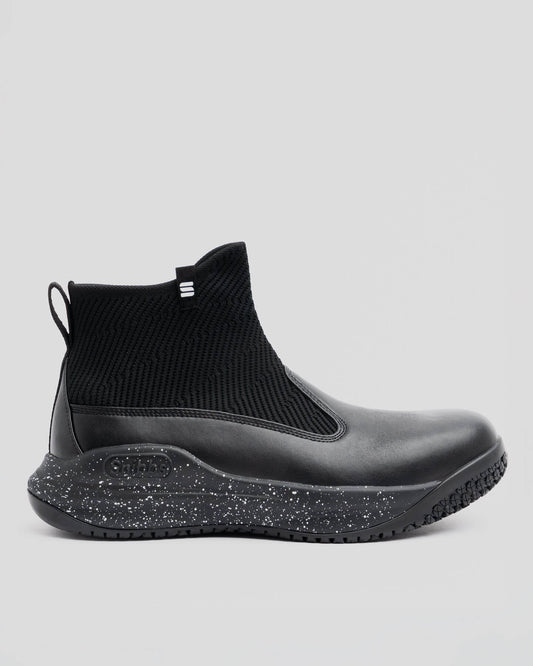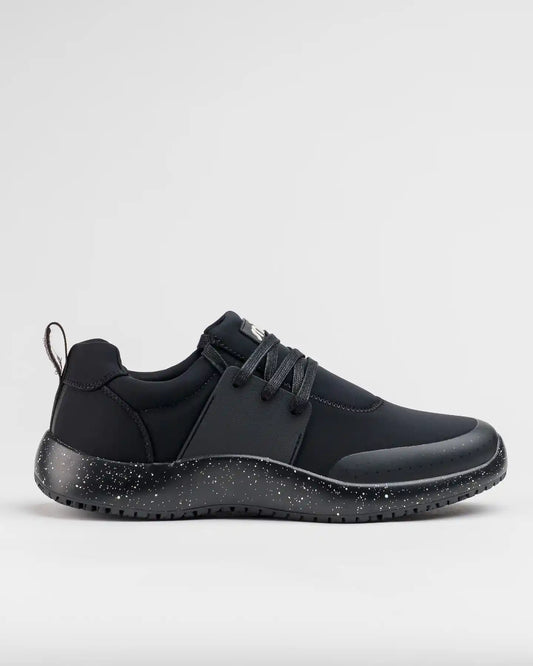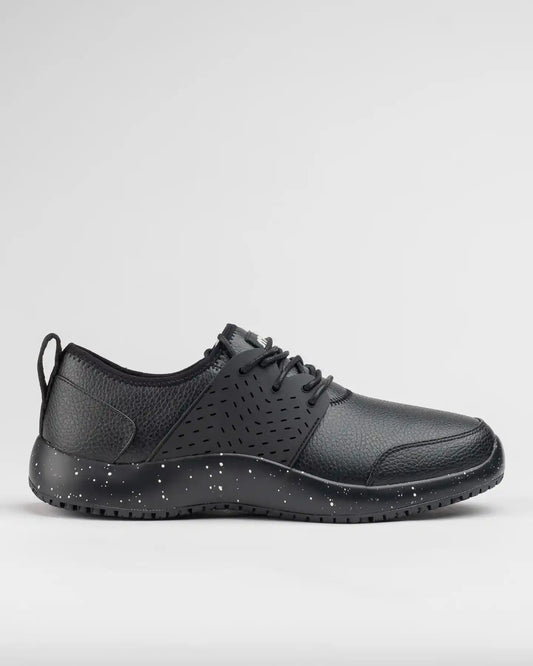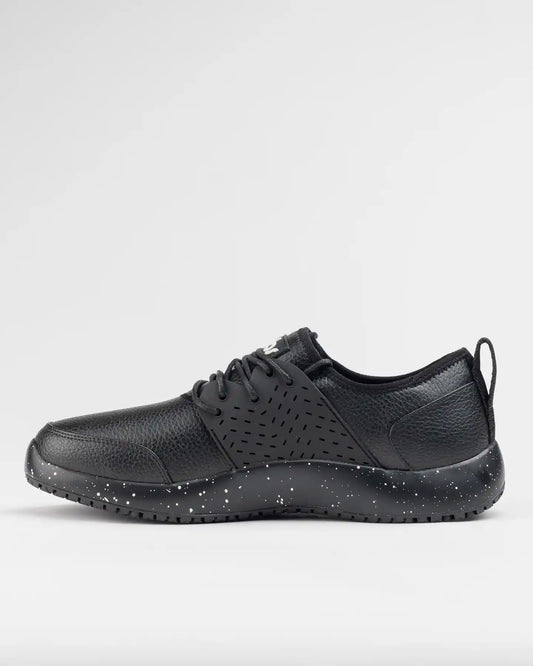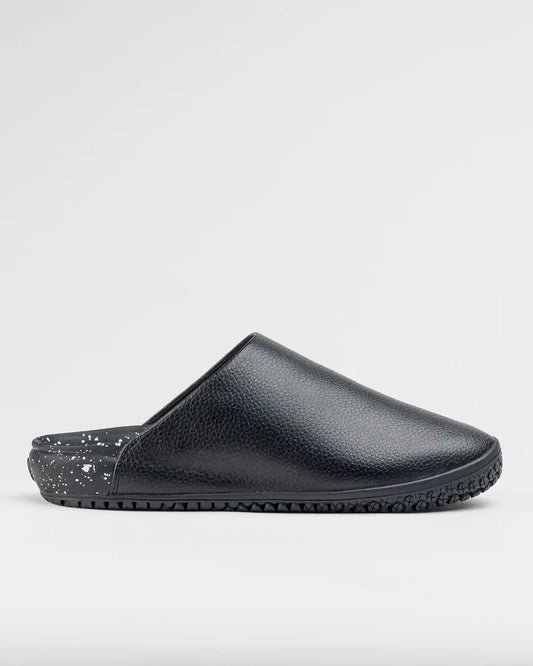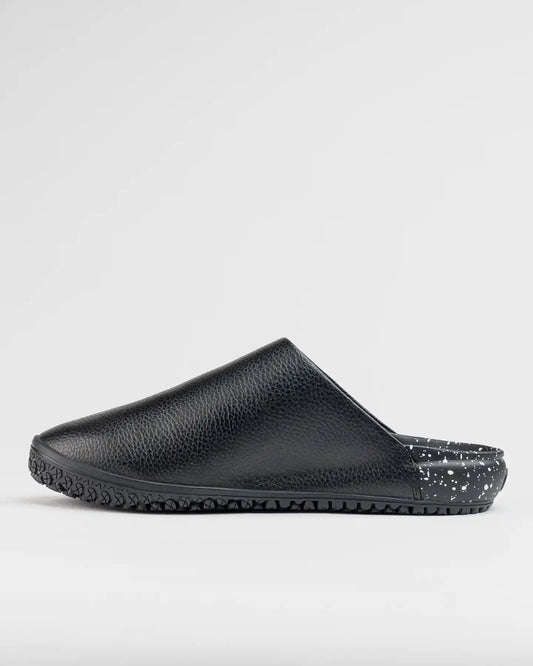What Are Flat Feet?
Snibbs Footwear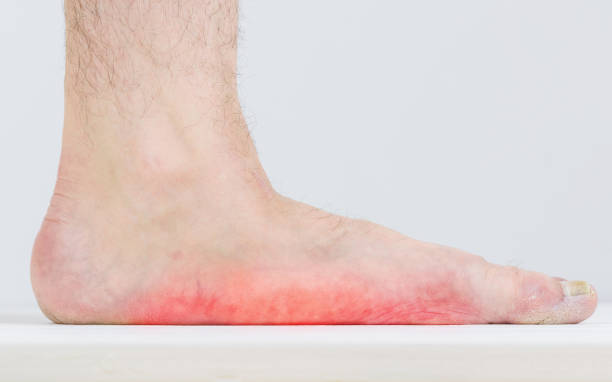
Pes Planus or what is popularly known as flat feet is a common foot problem where the foot doesn’t have a normal arch.
It is fairly easy to see if you have flat feet as with the arch on the inside of your feet flattened, your entire foot can be seen to touch the floor while you are standing.
Common Flat Feet Symptoms
While many people may not have any symptoms, some others could experience:
- Foot pain, particularly in the heel or arch area
- Pain that worsens with activity
- Knee Pain
- Swelling along the inside of the ankle
- Overpronation that could lead to other issues such as Plantar Fasciitis, Heel Spurs, Metatarsalgia, Bunions and more.
- Flat feet can also cause an uneven distribution of body weight. This will be evident in shoes wearing down unevenly, leading to further injuries.
What causes flat feet?
Flat feet are often genetic and can be passed on from parents to their children. That said, flat feet are normal in infants as the foot arch is yet to be developed. Children could even have flexible flatfoot wherein the foot arch is visible when the child is sitting but disappears on standing. Children are known to outgrow such flexible flatfoot. Foot arches are also known to fall with age and with wear and tear. Some of the other risk factors that increase the risk of flat feet include:
- Obesity
- Injury to the foot or ankle
- Rheumatoid arthritis
- Diabetes
- Pregnancy
Diagnosis
It is advisable to seek medical advice if you experience:
- Pain in the feet, ankles, or lower limbs.
- Symptoms that do not improve even with supportive footwear
- Feet feeling rigid and stiff
A qualified healthcare professional can diagnose fallen arches by examining the feet. Additionally, the following tests can help arrive at a diagnosis:
- The wet footprint test - Simply put, the thicker the print between the heel and ball of the foot, the flatter the foot.
- The shoe inspection test - More wear on the inside of your sole can be indicative of a flat foot.
- The tiptoe test - If a visible arch forms when you stand on your toes, you have flexible flat feet. If not, your doctor would recommend treatment for a rigid flat foot.
The doctor will also look at the person’s medical history. In some cases, they may order an X-ray, CT or MRI scan.
Flat Feet Treatment
The common treatment for flat feet include:
- Shoe inserts can reduce the symptoms associated with flat feet problems. They relieve the pressure on the arch and reduce pain if the feet roll too far inward.
- Wearing shoes that support your arches and those that have a wide toe box. Shoes with strong heel counters are recommended. Additionally, shoes for flat feet usually have soles with wedges to help limit overpronation.
- Stretching exercises and golf ball roll
- Rest until symptoms improve
- When obesity is the cause of flat feet, weight management can improve the symptoms.
- In rare cases, surgical intervention may be necessary to separate fused bones.
It is advisable not to wait till the pain becomes unbearable before you see the doctor. Treating this common foot problem early will ensure you do not let the condition aggravate and thereby prevent pain in the knee, hip or lower back later in life.
